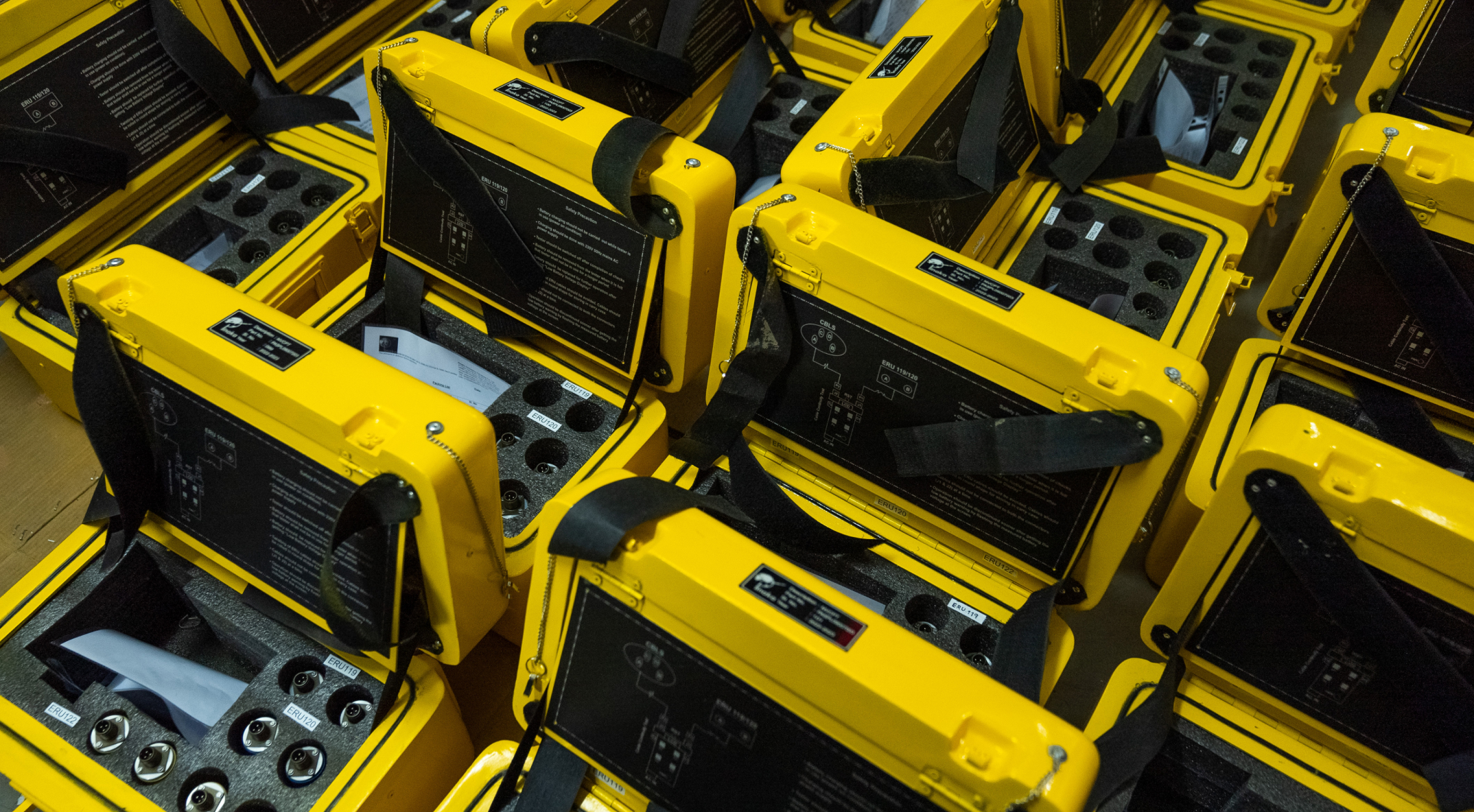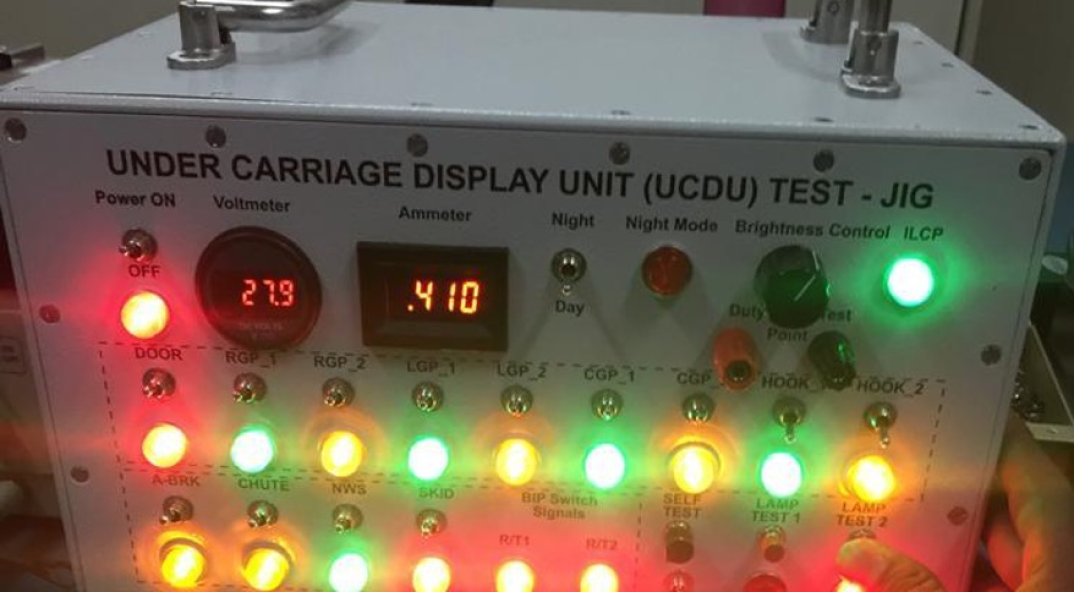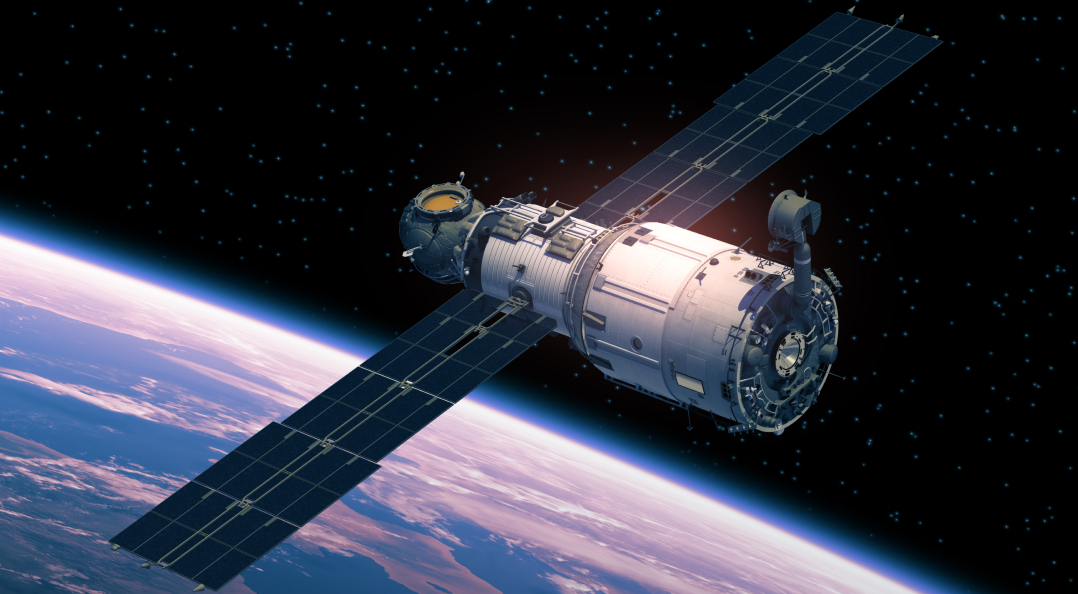Aerospace Engineering Automation: ZETWERK-Pinaka’s Field Dynamic Simulator

Advancing Automation for Critical Engineering Domains: The Power of FDS in Aerospace, Defense, Energy, and Manufacturing
For critical engineering systems like cryogenic engines, rockets, and nuclear power generators, the demand for automation is a fundamental necessity. ZETWERK-Pinaka’s Field Dynamic Simulator (FDS) offers a sophisticated solution that revolutionizes testing and validation procedures for systems operating in volatile and fluid environments.
The Challenge of Automation in Complex Systems
The Integrated Cryogenic Engine and Stage Test Facility (ICET) at ISRO’s IRPC, Mahendragiri, is a prime example of an operating environment where users need to have high confidence in the fidelity of the system being deployed. The cryogenic engine test facility spans vast areas, encompassing numerous sensors, actuators, and control units. Prior to each test, all the sensors, actuators, and measurement instruments should be proven to be highly accurate and completely trustworthy.
Pinaka’s FDS: An Overview
1. Scalability and Signal Generation
At the core of FDS lies its scalability, capable of generating and managing an extensive array of signals—upwards of 15,000 channels. This scalability is pivotal in handling the diverse data points inherent in complex systems like ICET, ensuring comprehensive testing coverage.
2. Realistic Signal Simulation
FDS’s prowess extends to its ability to simulate lifelike signals from field sensors. Using advanced algorithms and signal processing techniques, FDS replicates real-world scenarios with unmatched accuracy. This realism is critical for validating interlock mechanisms, emergency shutdown systems, and abort conditions under various operational scenarios.
3. Integration with DAS and Automation Systems
FDS integrates with existing Data Acquisition Systems (DAS) and automation frameworks. Through standardized communication protocols and modular interfaces, FDS simulates operational conditions thereby enabling users to check the validity of all systems. FDS also identifies corrections to be applied to sensors and calibrates their readings, thereby ensuring the data acquisition process does not need extensive modifications or disruptions.
4. Redundancy and High Availability
To ensure uninterrupted testing and operational reliability, FDS incorporates robust redundancy mechanisms. Redundant hardware components, with fault-tolerant software architectures, mitigate the risk of system failures and downtime. This high availability design is paramount in environments where system reliability is non-negotiable.
5. Remote Monitoring and Control
FDS facilitates remote monitoring and control capabilities. This way, engineers can access and manage testing processes from centralized control stations even if the systems are deployed in a wide area, in hazardous conditions, or in difficult to reach locations within a complex rocket, missile, ship, submarine, etc.
Impact on Critical Systems: Technical Advantages
1. Cost Optimization through Automation
FDS’s automation capabilities significantly reduce the need for manual intervention during the testing and validation phases. By streamlining these processes, FDS minimizes resource expenditure and operational costs associated with downtime and repeated test runs.
2. Enhanced Testing Efficiency
Traditional testing methodologies often entail prolonged shutdowns and manual interventions, leading to operational inefficiencies. FDS revolutionizes this paradigm by enabling rapid, automated procedures without disrupting ongoing operations, thereby ensuring high trust in the testbed, measuring systems, sensors, and actuators. This agility translates to enhanced testing efficiency and reduced time-to-market for critical systems.
3. Precise Data Analytics
FDS’s high-fidelity simulation capabilities yield precise data for analysis and decision-making. Engineers can leverage this data to assess system performance, identify potential vulnerabilities, and implement targeted optimizations, increasing system reliability and safety.
4. Future-Proof Scalability
As technological landscapes evolve and system complexities escalate, FDS’s inherent scalability ensures adaptability and future-proofing. The system can seamlessly accommodate evolving testing requirements, expanded sensor networks, and enhanced automation frameworks, positioning it as a sustainable solution for long-term operational excellence.
Future Innovations and Beyond
While FDS represents the pinnacle of automation and sophistication, ongoing research and development initiatives continue to propel the field forward. Anticipated advancements include enhanced AI-driven analytics, and predictive maintenance capabilities while integrating IoT and machine learning.
ZETWERK-Pinaka’s Field Dynamic Simulator represents the convergence of technical prowess and engineering ingenuity. Modern-day automation and solutions like FDS are the future of innovation, shaping safer, more efficient, and resilient critical systems across industries.







